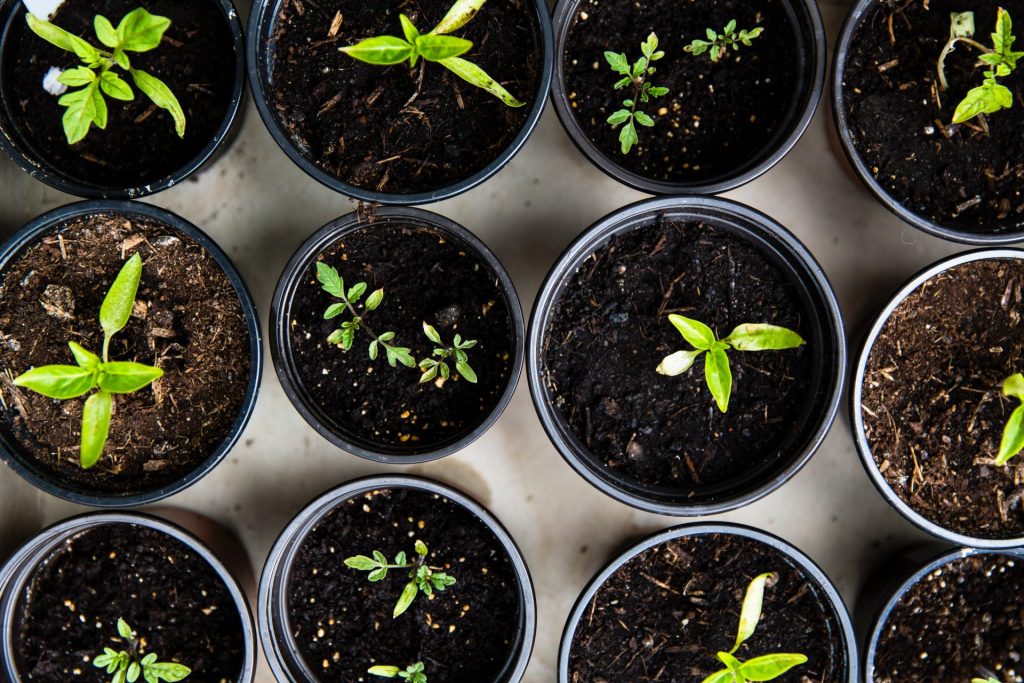
I recently treated myself to a beautiful potted ficus ginseng plant, and its curvy roots and dark green leaves spark joy for me when I see it. My hope is that it will thrive and grow, and still be with me year after year like my resilient rubber tree. But it could go the way of my bygone calatheas, finicky and exacting, and just not seeming to vibe with me and my home’s climes. In my journey as a plant custodian, I have weathered through pests, fought against my instincts to overwater, researched and learned better methods of care, and lost some good (pretty, expensive!) ones along the way. But why am I talking about plants? Because through learning about their cycles and growth I have learned and been able to practice my own care, too.
Letting Go is Hard – and Necessary For Growth
Did you know that throughout infancy and childhood our brains go through a process of “synaptic pruning,” which eliminates connections that are less active? About 50% of our synapses are eliminated between the ages of 2 and 10, which may sound alarming. But this process actually serves us by “cleaning up” and making our brains more efficient. As adults, we continue to undergo synaptic pruning during sleep, and it makes room for higher quality and more streamlined connections. So too is pruning essential to a plant’s growth. At first, I would feel the loss of seeing my plants shrunken, more naked. But cutting back branches can be a way to shape the plant into a more optimal and sturdy structure, and redirects energy for it to grow new shoots.
I used to also feel more upset about my plant “failures” and mishaps. I felt it more personally when I would see one continue on a steady decline despite my efforts. But I started to find more acceptance for what was, and recognize that there are even some good things that can come from a dying plant:
- Space for more plants (which could spark more joy)
- Compost!
Making compost is using organic materials (fruit and veggie peels, fallen leaves, that lettuce I didn’t end up finishing) to fertilize and improve the soil for other plants. It is a natural process of recycling and renewal that has become a mindful practice for me as I turn the compost pile over to let its contents breathe and break down. Tending to my compost, as well as my plants, helps keep me in touch with these natural cycles – of rest, contraction, replenishment – even when I don’t want to g(r)o(w) through it.
So go and get your hands dirty. Dirty with withered vines, coffee ground eggshell compost, mud, and sweat. You’ll survive it. Feel the soil and earth and life-giving water. Feel the sprouting new buds and wipe the dust from old leaves with love. It is living, alive – and you with it.

